Today we are doing the Hermitage.
We allow ourselves to sleep in a bit, and head out late in the morning. We are on our own for today – Nico is with other guests, 2 Canadians from Vancouver, as it turns out. So we get instructions from the hotel about how to get to St. Isaac’s Cathedral, and we will walk from there.
St. Petersburg: Home of the Tsars
The Hermitage Museum occupies five buildings on its main site (and three satellites here in St. Petersburg, as well as in a few major cities around the world). The main building is the Winter Palace, the St. Petersburg home of the tsars until the Revolution, which has since been part of the Museum. The other four buildings are the Small Hermitage, the Old Hermitage, the New Hermitage and the Hermitage Theatre. The first Hermitage at the Winter Palace was established by Catherine the Great, an avid collector of art, as a place for her to inspect her art: she built the Small Hermitage as the place to do this, and over the years, the Old and New Hermitages were added by other tsars. But the collection was so vast (including art owned by major families, such as the Yusupov’s, that was “donated” to the Hermitage after the Revolution) that the Winter Palace was also required to display it.
The Farthest Reaches of the Hermitage
We make our way into the Museum and shortly find ourselves very frustrated – none of the signs are in English. 500 rubles later (C$25), we own a beautiful guidebook to the Museum and begin our exploration in earnest. We start in the farthest reaches, the Impressionist Galleries on the 2nd floor of the Winter Palace. We go through room after room – amazing! There are three rooms of Picasso alone, well over 100 canvasses, all predating the revolution. They are displayed more or less chronologically, and it is an incredible display of the development of his technique over time. From the Picasso, we walk into rooms of Matisse, where Rodin sculptures punctuate the canvasses. One of the things that I love about the Hermitage is that its collections are so vast that they do have numerous works by one artist – and they display all the works of that artist in a continuous display. It is so rare to see this depth in a collection, and it is such a wonderful way of learning about the artist’s technique. We head to the State Rooms, overwhelming in their ostentation. We go through room after a luxurious, gilded room. It is incomprehensible the amount of wealth on display in these rooms – and that doesn’t count the art on the walls. From the State Rooms, we head to the New Hermitage, to the Dutch collection – almost as big as the collection at the Rijksmuseum in Amsterdam (which was closed for renovation when we were in Amsterdam), including rooms of Rembrandt. We never make it to the Rembrandt – we spend hours exploring and are so overwhelmed that we agree to begin working our way out before we find the Rembrandts (although I know, from my previous visit, that there are rooms of Rembrandts somewhere in the building). The shortest exit route takes us to the Old Hermitage, then through the Small Hermitage, and back into the Winter Palace, with new things to see all along the way, even in the parts we’ve already been to.
Indulging in a Russian Pastime
We head back to our hotel for a short break before we head to the opera tonight. On the way, we discover one of the strange little facts of life in St. Petersburg – trolleys and buses with the same numbers ply the same routes, but go to different places in the end. The first number 22 that comes along is a trolley, and we jump on, not knowing this. We talk excitedly about the Hermitage and what we have seen, and all of a sudden a woman is telling us that we must get off the bus. We are at the end of the line, and we have no idea where we are. All we know is that we haven’t gone to the stop where we got on bus 22 this morning. It takes us a few minutes to find someone who speaks enough English that they can point to where we are on the English-language map we have – we are a 10-minute walk from our hotel. Off we go, and we indulge in a Russian pastime as we go – we buy two bottles of beer, and drink as we walk, feeling like naughty schoolboys, although almost everyone we encounter on the walk is doing the same thing. This strange mistake allows us to discover a forgotten area of St. Petersburg – New Holland – an island that was a timber yard, built in the 1760’s but that has been abandoned for years, and some abandoned palaces.
UPDATE: New Holland is now being restored and has already become a popular holiday destination among Petersburgers.
A Night at the Opera: Eugene Onegin at the Mariinsky Theatre
After short naps (we decide to forego dinner – the curtain is at 7:00 p.m.), we head out to the Mariinsky Theatre, a short walk from our hotel. This theatre, built in the 1860s and named after the Tsar’s wife, is one of the most famous ballet and opera venues in the world. Renamed the Kirov after the Revolution, it has gone back to its former name. Although this theatre is only 140 years old, there has been a theatre here for much longer – the signs on the theatre tell us that this season is the 221st. We make it to our seats just in time to see that the theatre is surprisingly small before the lights go down – which means that although we are in the 5th (and highest) ring, we are quite close to the stage. Tonight’s opera is Eugene (or Yevgeny) Onegin, which neither of us has seen before. We watch, enraptured! Tchaikovsky’s music is beautiful, and this opera is so unlike most grand opera – it is about real people and the mistakes they make. The signing is superb, the soprano playing Tatiana a joy to listen to – which, given her long solo in Act 1, is a good thing! At the 1st intermission, we read our programmes and find that this version of the opera, co-produced with Theatre du Chatelet in Paris, is a highly unusual Onegin. The seasons are changed; Onegin is not superior but instead has been wounded in love, and perhaps most importantly, Prince Gremin is not old but is young and handsome. The time passes too quickly, and the opera is over. The audience bravos and bravos the cast – not only Tatiana but also Onegin, Gremin and Lensky. The ovations go on for at least 10 minutes, and many bouquets are presented to the artists.
White Nights
Nico is waiting outside with his friend Elias, an Algerian studying in St. Petersburg to become a veterinarian, and the 4 of us head off for a drink. We walk along canals and end up in Hay Square, which has been completely renovated in honour of St. Petersburg’s 300th birthday last year. We sit in a café and have a beer, and then Elias heads off while Nico, Greg and I have a couple more beers. At about 2:00 a.m., we decide that we’re ready for bed, although the sky is still quite light.
Nico tells us that although the sun isn’t visible, this is about as dark as it will get, and the sun will start to rise within the hour.
Perhaps more time to revisit all we missed at the Hermitage!




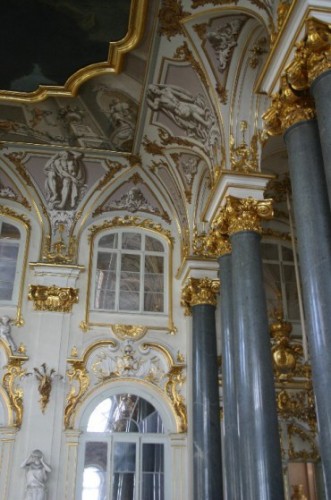
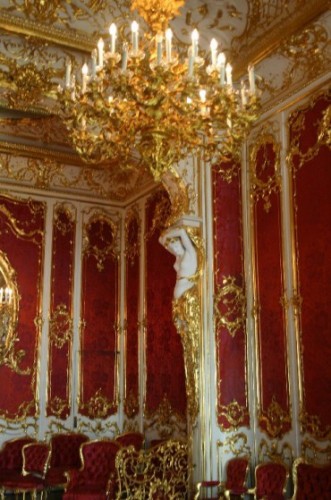
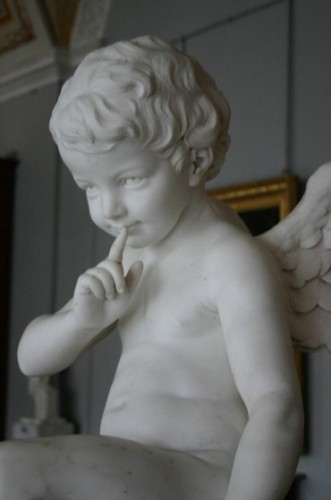



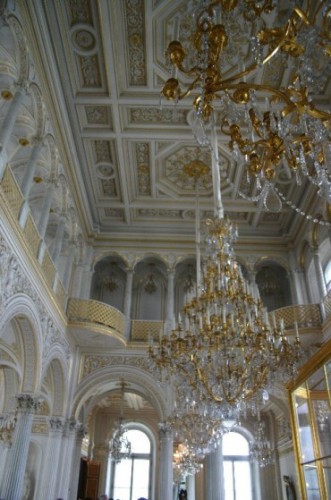

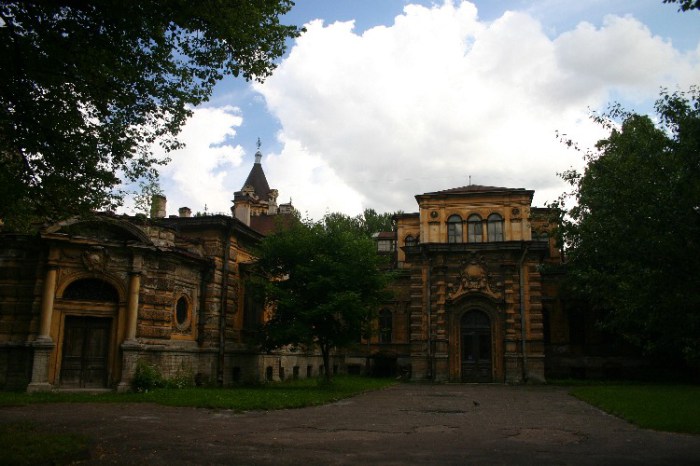
Comments
 Alex
Alex
AuthorOh, this is a beautiful place … I will definitely visit it. Russia is incredible: I have been traveling in Russia for several years, and still learn about new incredible places
 Gregory George
Gregory George
AuthorThanks Alex. Indeed it is a beautiful city.
 George St Petersburg Russia
George St Petersburg Russia
AuthorGreat story! By the way, New Holland is now being restored and has already become a popular holiday destination among Petersburgers.
 Gregory George
Gregory George
Authorwonderful!